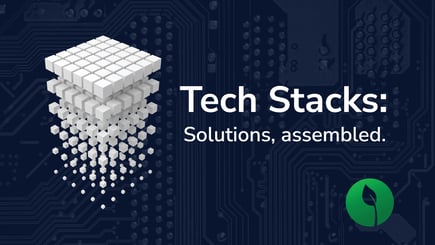
In the fast-evolving cannabis industry, ensuring the integrity and cannabis security of the supply chain is paramount. From cultivation facilities to dispensaries, companies must implement robust cannabis security protocols to protect their assets and ensure smooth operations.
This blog draws from insights shared by Tony Gallo, CEO of Sapphire Risk, who emphasizes the importance of proactive strategies for cannabis businesses, with a specific focus on cannabis security companies.
Internal Theft: The Hidden Threat
A surprising insight from Gallo’s experience is that 80-90% of losses in cultivation facilities result from internal theft, not external break-ins. For example, Gallo recounts an incident where an employee working in the trim room would conceal cannabis buds inside latex gloves, discarding them in the trash only to retrieve them later by dumpster diving.
This example highlights the importance of developing a “culture of honesty” within cannabis operations. By fostering open communication and clear expectations, companies can mitigate internal risks and encourage employees to uphold cannabis security protocols. Regular monitoring of employee activity, especially in high-risk areas like trim rooms, is essential to prevent theft. What kind of security does cannabis dispensaries have in place to prevent such internal threats? Implementing strong internal checks can make a significant difference.
Securing the Trim Room and Storage Areas
While many companies focus on the external perimeter, Gallo stresses that the most significant cannabis security measures must be directed towards storage rooms and trim areas. These spaces house finished products, making them prime targets for theft. He advises businesses to invest in:
- Strong physical barriers, such as 9-gauge wire mesh or reinforced cinderblock walls.
- Restricted access control, ensuring only authorized personnel can enter these rooms.
- Surveillance with purpose, using cameras strategically rather than installing excessive, unmonitored equipment.
By shifting the focus of cannabis security from flower rooms to trim and storage areas, companies can better protect their high-value products. Leading cannabis security companies recommend a multi-layered approach to securing these vulnerable areas.
Beyond Theft: Safety Risks in Manufacturing Facilities
In addition to theft, safety hazards in manufacturing environments require attention. Facilities handling flammable substances, such as in extraction processes, must follow strict protocols to prevent accidents. Gallo emphasizes the importance of:
- C1D1 and C1D2 safety rooms, designed to contain explosions and protect staff.
- Emergency response plans tailored to natural disasters, like earthquakes or hurricanes, depending on the facility’s location.
- Clear employee safety training, including protocols for fire extinguishers, evacuation routes, and first-aid access.
Investing in safety training ensures that employees are equipped to respond effectively to emergencies, minimizing risks to both staff and products. Partnering with cannabis security consultants can further enhance safety measures and compliance with local regulations.
The Risks of Product Transportation
One of the final stages in the cannabis supply chain—transportation to dispensaries—poses its own challenges. Once the product leaves the facility, it becomes vulnerable to theft and accidents. Gallo recommends several measures to ensure safe delivery, including:
- GPS tracking and geofencing, to monitor delivery routes and respond to deviations.
- Contingency plans for breakdowns or accidents, ensuring product security while on the road.
- Secure handoffs at delivery locations, reducing exposure to theft during unloading.
As cannabis deliveries grow, national cannabis services can provide expertise in transportation security, ensuring that companies treat this part of the supply chain with the same rigor as in-facility protocols.
Implementing Layered Security Systems
Gallo emphasizes the importance of layered cannabis security strategies, likening them to peeling back the layers of an onion. Security isn’t about installing the most cameras or alarms but about creating multiple, overlapping defenses. From well-lit perimeters to secure storage rooms and trained employees, each layer of security helps deter threats. Companies often consult with cannabis security consultants to develop these comprehensive, multi-layered plans.
Conclusion: Proactive Security as a Business Imperative
Cannabis operators must recognize that cannabis security directly impacts profitability. Losses from theft, accidents, or safety violations can quickly undermine business operations. By investing in effective security measures—both physical and procedural—companies can safeguard their assets, protect their employees, and build sustainable operations.
In an industry with stringent regulations and high risks, proactive security measures are not just a cost but a critical investment in the future of the business. As Gallo’s insights reveal, focusing on security at every stage of the supply chain is essential for thriving in this competitive market.
This layered, strategic approach to cannabis security will ensure that businesses not only survive but flourish in the evolving cannabis landscape.






